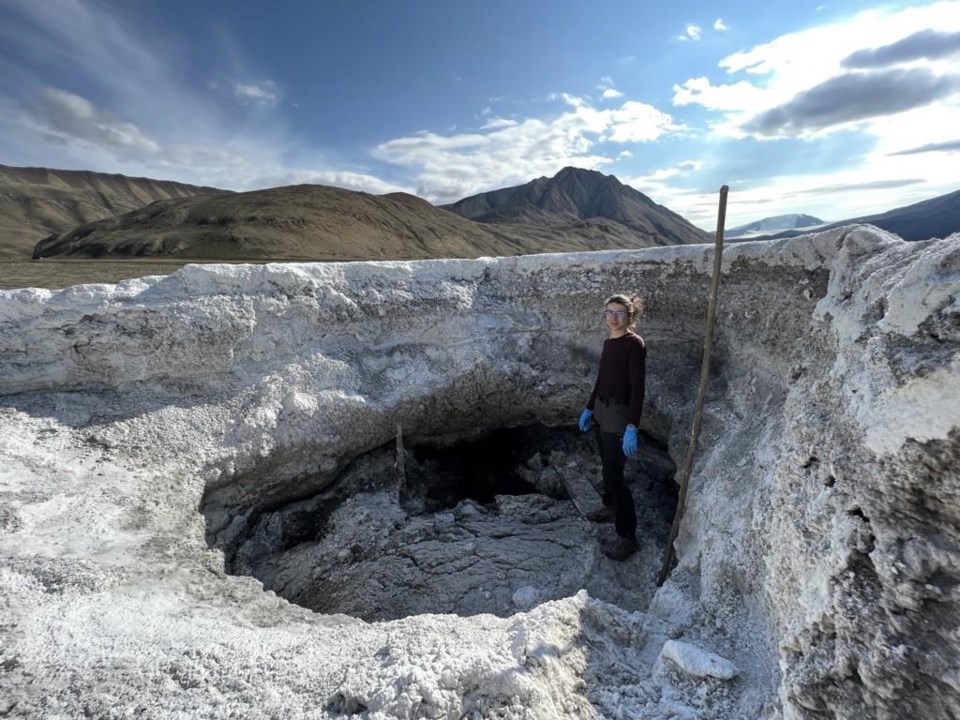AXEL HEIBERG ISLAND, NUNAVUT — A team of researchers has travelled to a remote Arctic island in the hopes of better understanding the possibility of life on Mars.
Astrobiologist Haley Sapers, an adjunct professor at York University in the Lassonde School of Engineering, is leading the team at the McGill Arctic Research Station, or MARS, on Axel Heiberg Island. The uninhabited island is in Nunavut's Qikiqtaaluk region and has conditions similar to the red planet.
Under the 24-hour midnight sun, they plan to study super-salty cold springs that release methane on Gypsum Hill, about a 45-minute hike from the research station. They also plan to take methane readings from the atmosphere and carry out a simulated Mars Rover mission.
"Methane is a really important atmospheric gas here on Earth because it contributes significantly to global warming," said Sapers, a visiting scientist with the California Institute of Technology. "It's also a really interesting gas on Mars … And we don't understand exactly where it's coming from or where it's disappearing to."
On Earth, Sapers said, most methane is biogenic, meaning it's produced by living organisms. The gas can also be produced by geological processes.
Its presence on Mars could be evidence of past or present life, or indicate areas on the planet that could be inhabited in the future.
Scientists first detected trace amounts of methane in the Mars atmosphere in 2003 and have continued to be perplexed by it.
Sapers said an instrument on the Curiousity rover has to take samples from the Martian atmosphere over several hours to enrich methane to where it can be analyzed. She said there aren't many measurements of methane from the surface of Mars.
"We need a new type of instrument that doesn't take as many resources that can take really fast, really sensitive measurements of methane," she said.
On Axel Heiberg Island, the research team plans to test a new instrument developed with ABB Inc., a technology and engineering company based in Quebec, that aims to do just that.
Sapers said they also plan to complete detailed sampling of micro-organisms that have previously been detected by scientists from McGill University in the sediment of the island's hyper-saline cold springs. She said they want to determine whether those micro-organisms oxidize methane, like those she has studied in deep ocean methane seeps.
"Understanding more about these micro-organisms up in the Arctic might help us understand the potential for micro-organisms to prevent significant amounts of methane from being released in the subsurface of the Arctic," she said. "That would be really important, especially in the context of climate change and global warming."
Sapers said the polar desert island is the ideal place to do this research as it is the only place on Earth where hyper-saline cold springs that are methane seeps are situated in permafrost — similar to subsurface conditions on Mars.
The planet and island also both have cold and dry conditions, she said, and polygonal terrain — a type of patterned ground that forms in permafrost regions on Earth by freezing and thawing.
"It is wonderful to be up here," she said. "It is a very exciting place to do research."
This report by The Canadian Press was first published July 18, 2023.
— By Emily Blake in Yellowknife
___
This story was produced with the financial assistance of the Meta and Canadian Press News Fellowship.
The Canadian Press



